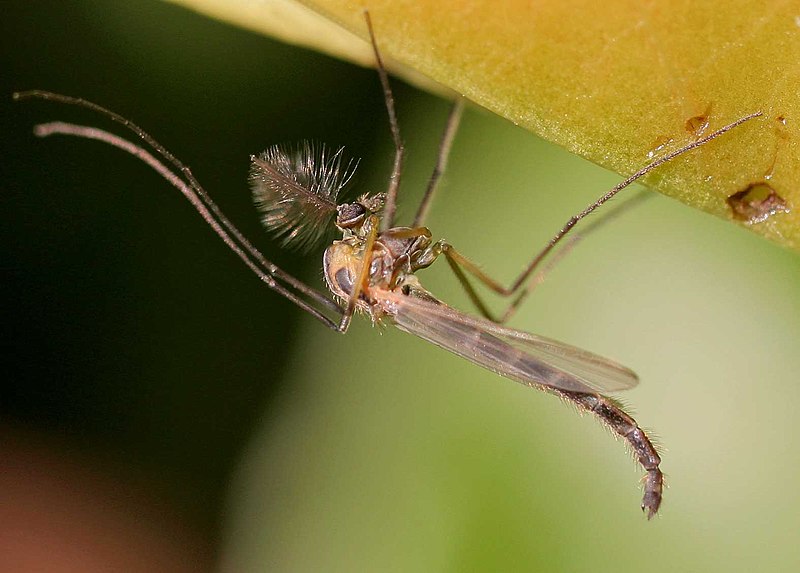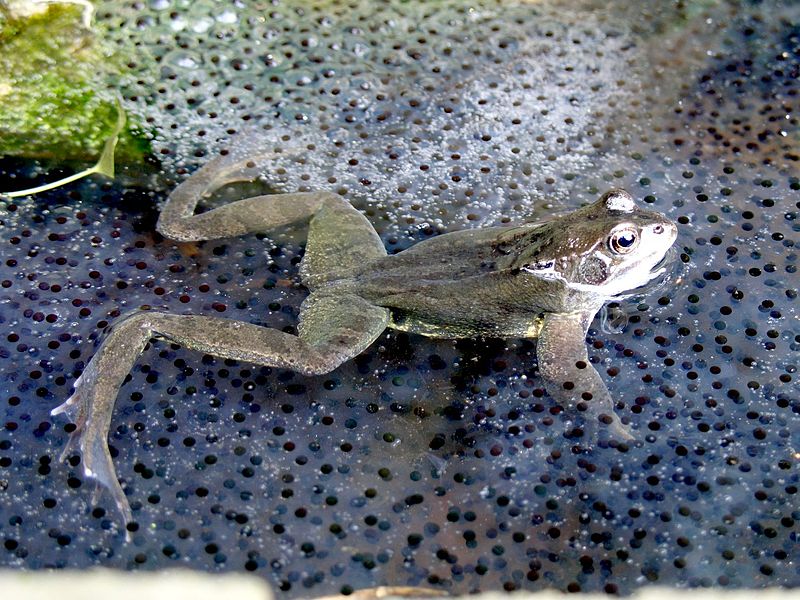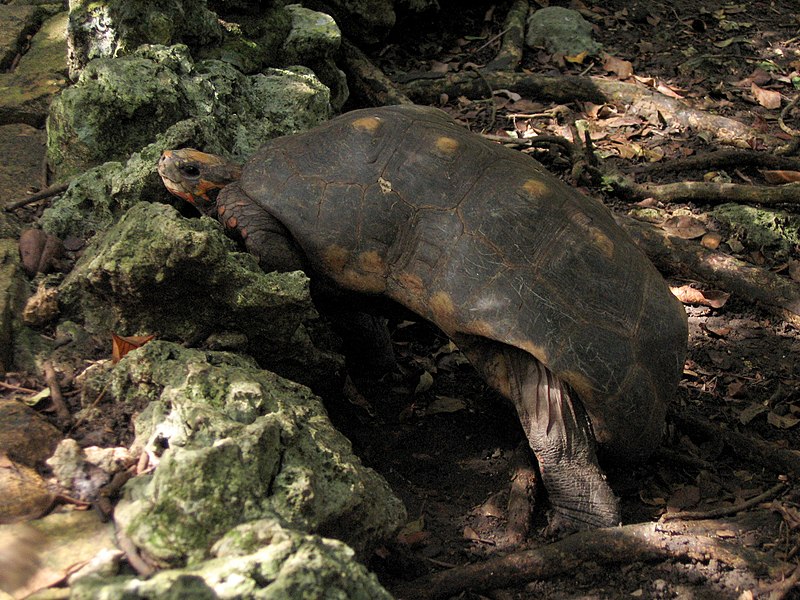 Those of us who keep and breed small aquatic amphibians usually have a difficult time providing our pets with dietary variety. This is especially true as regards salamander larvae and other creatures that usually accept only live foods. In most cases, such animals must make do with the pet trade staples, Brine Shrimp and Blackworms. Today I’d like to introduce a useful aquatic food item that is popular with aquarists but often over-looked by herp keepers – the Bloodworm (Chironomus spp.).
Those of us who keep and breed small aquatic amphibians usually have a difficult time providing our pets with dietary variety. This is especially true as regards salamander larvae and other creatures that usually accept only live foods. In most cases, such animals must make do with the pet trade staples, Brine Shrimp and Blackworms. Today I’d like to introduce a useful aquatic food item that is popular with aquarists but often over-looked by herp keepers – the Bloodworm (Chironomus spp.).
Natural History
Bloodworms resemble, but are unrelated to, aquatic worms. Rather, they are the larvae of tiny flying insects known as Midges (often called “Gnats”) of the Family Chironomidae. They have long been sold in stores specializing in tropical fishes, and can also be ordered from internet dealers. Read More »
 That Reptile Blog – Reptile, Amphibian and Exotic Pet Care and Information
That Reptile Blog – Reptile, Amphibian and Exotic Pet Care and Information


